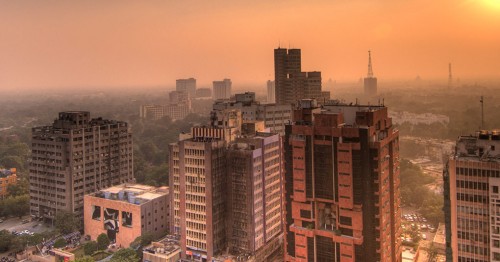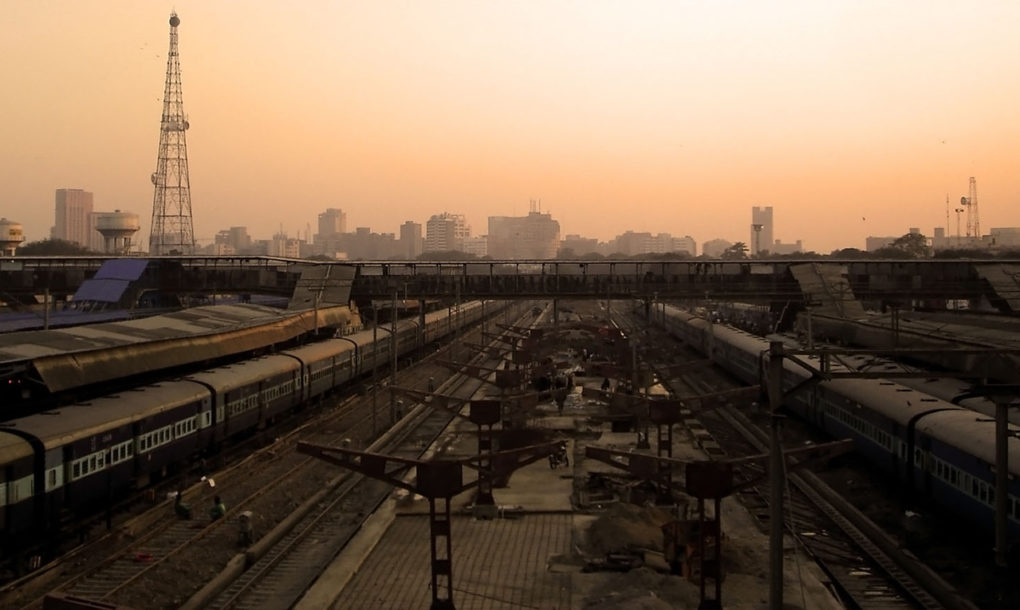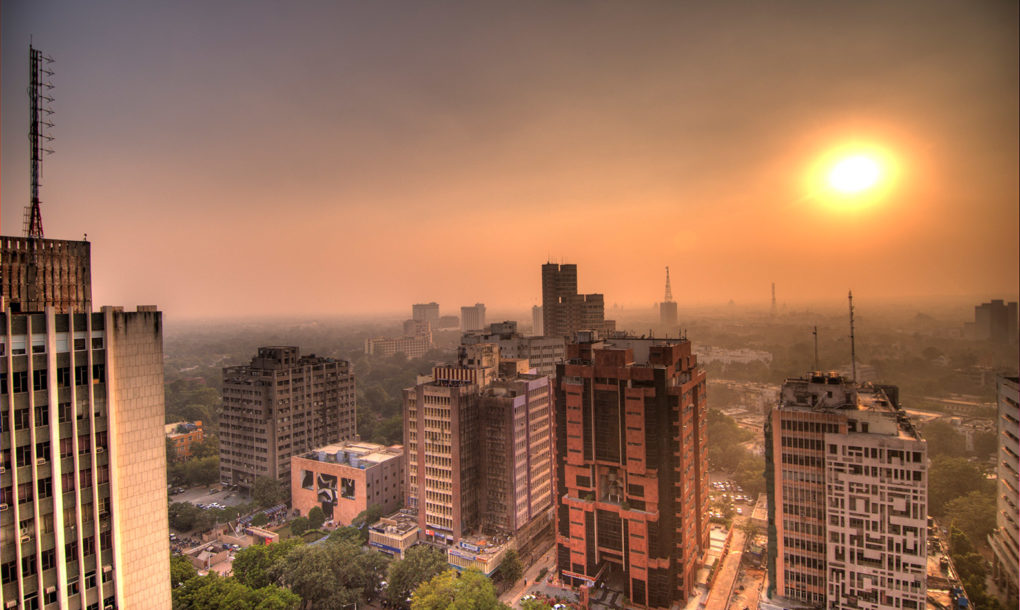RECOMMENDED VIDEOS

Compactor Deposit
Compaction Technologies Inc

Sur Desalination Plant
Veolia Environment S.A.

Indaver Ireland’s waste-to-energy facility in Meath
Indaver nv

Compactor Deposit
Compaction Technologies Inc

Product Demo Video | Eco Maxx Cabin Air Filter
Pollentec, Inc
Related Stories
GREEN CITIES INVESTMENT FORUM 2024
First paper straw factory in decades to open as UK bans plastic
Beach plastic audit in the Philippines reveals which businesses are the worst polluters
Made from sewage, these “popsicles” reveal the scale of Taiwan’s water pollution
World’s first mobile recycling plant turns trash into tiles
11 Nov, 2016

New Delhi has the worst air pollution of any city on earth
Resource Recovery & Environment Management | INDIA | 11 Nov, 2016
Published by : Eco Media Asia
New Delhi’s toxic smog is literally off the charts – and according to its Air Quality Index rating, it’s the most polluted city on earth. Measurements recorded at the United States Embassy in Delhi reveal that the city’s AQI is a staggering 999 – but the AQI standard chart ends at 500. Particle counts in some areas of the city are 16 times the level considered safe by the Indian government.

What’s causing the smog in New Delhi? Some blame fireworks during the Hindu celebration Diwali, but NASA satellite images show crop burning has a role to play in the pollution too, as farmers burn leftover straw. Construction and vehicles are probably also contributing to the poor air quality.
PM 2.5 particles – the most unhealthy type of particles – spiked to levels of 700 micrograms per cubic meter this week. Exposure to this level of pollution is as bad as smoking over two cigarette packs daily, according to experts cited by The New York Times.

Over the weekend, people protested outside Parliament and the chief minister of Delhi tried to take some action to curb the dramatic pollution. Construction will cease for five days, around 1,800 schools will close for three days, and a power plant will be closed for 10 days. The government suggested people cleanse their eyes with water and go to the hospital if they experienced “breathlessness, giddiness, chest pain, and chest constriction.”
Centre for Environmental Health at the Public Health Foundation of India manager Bhargav Krishna told The New York Times, “These are all decent emergency measures, but they’re not solving the long-term problem.”
While some hope for a reprieve as weather changes, during the winter some people in Delhi have to burn trash to stay warm, and as such trash often includes rubber and plastic, the practice will likely contribute to continued pollution.
Images via Wikipedia Commons
